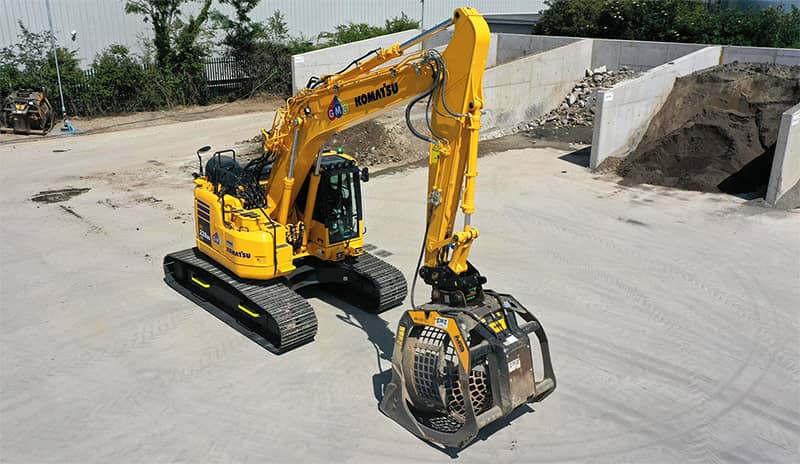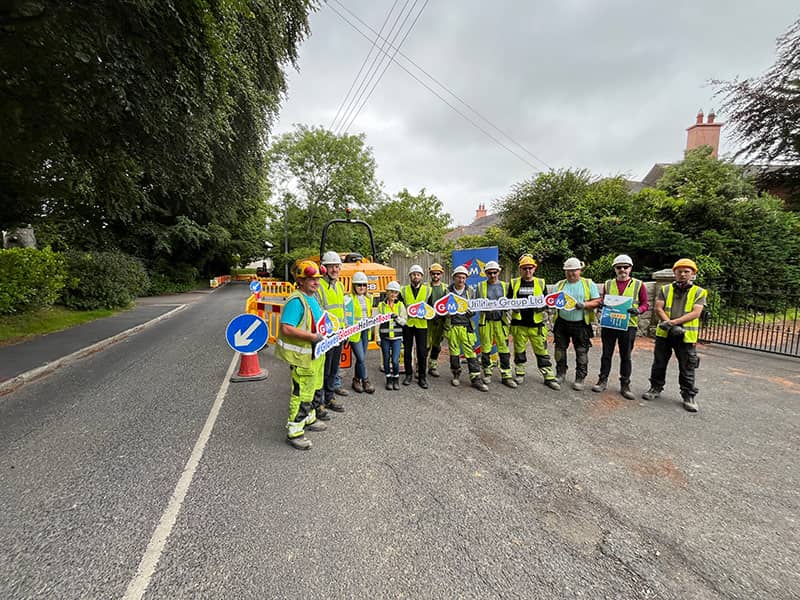




Construction sites can be dangerous places and should have an emergency plan in place so that quick and effective action can be taken in the event of a problem to ease the severity of the situation and to limit the consequences.
An emergency plan comprises agreed, recorded and rehearsed strategies, enabling those on site to respond effectively and reliably.
Emergencies that may need to be planned for include (but are not limited to):
Serious injuries
Explosion
Electrocution
Fire
Flood
Chemical spill
Structural collapse
6 key steps to Emergency Planning
Establish the planning team: representatives from all departments and levels, with support from senior management, is most effective
Assess the risks and company capabilities
Develop the emergency response plan
Implement the plan: obtain equipment, communicate, and train
Test the plan: hold drills or simulation exercises
Improve the plan continuously
Today, GMC will be delivering TBT’s and on site demonstrations on Emergency Preparedness with a particular focus on reminding all employees and contractors of the GMC Site Emergency procedures and emergency equipment in place across all projects
#CIFSafety20



